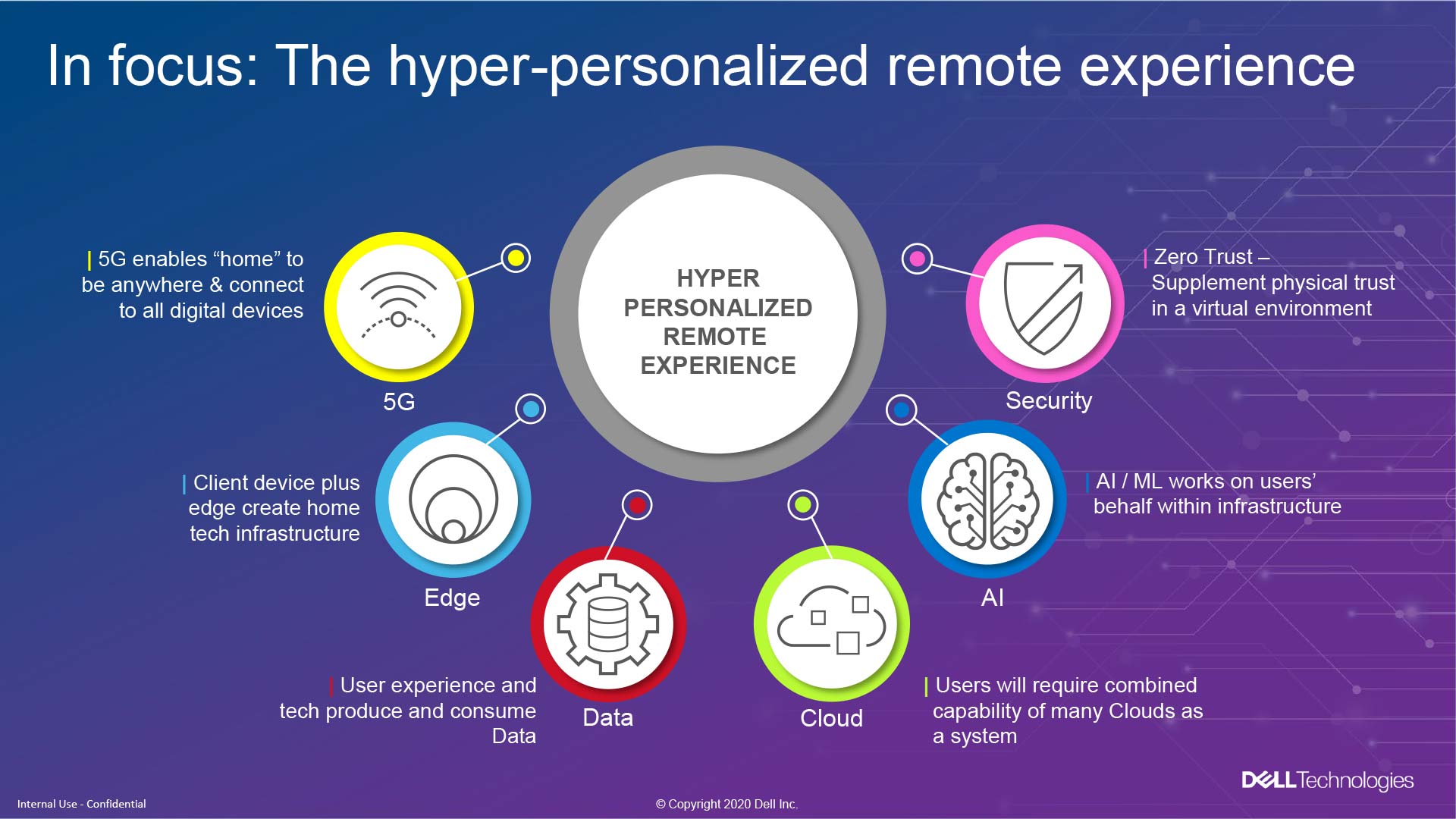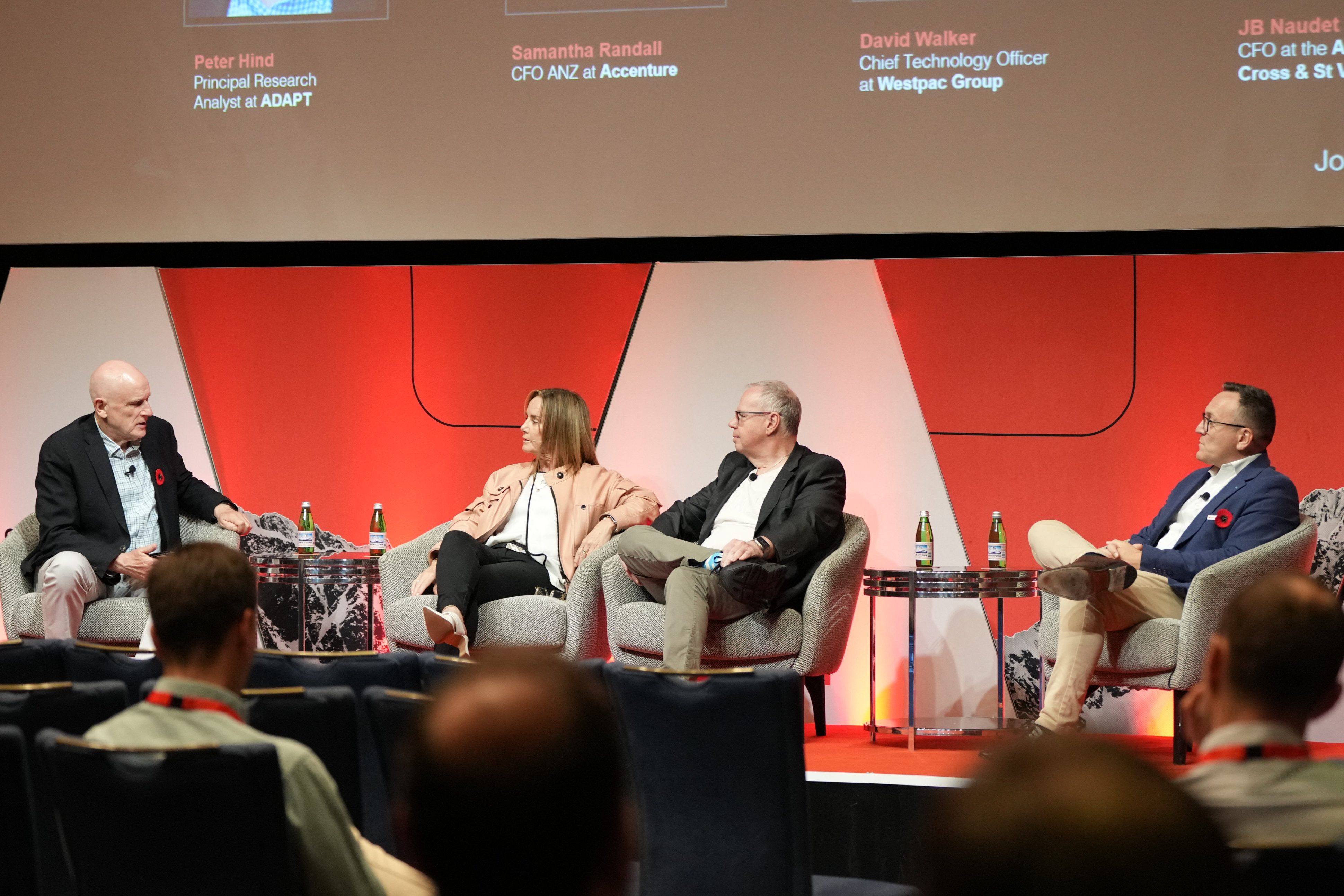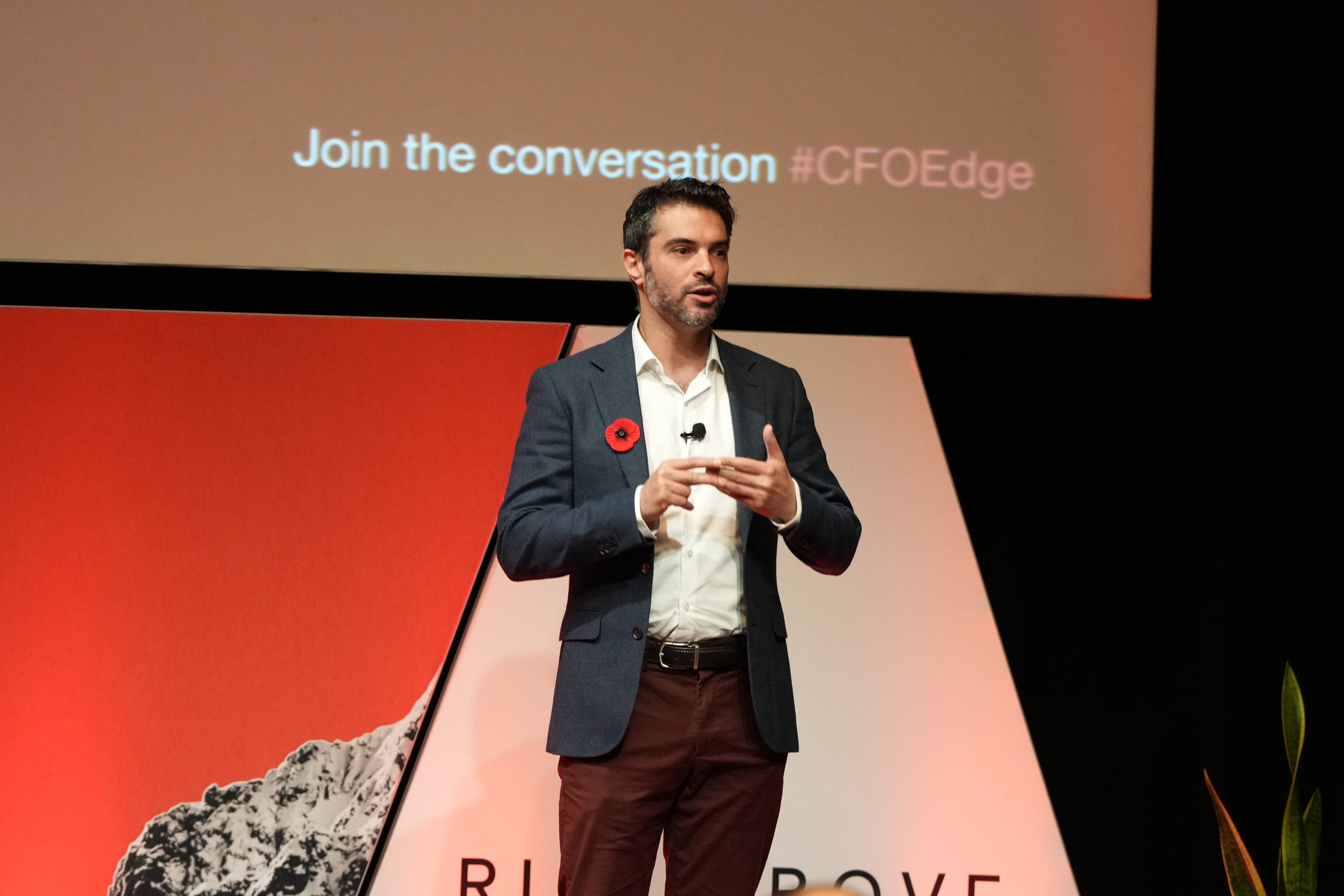Dell Technologies’ Global CTO on Hyper-Personalising the Remote Experience
Although much has changed in 2020, the imperative to become a digital native has not. “There is a cost to being a digital laggard,” according to Dell Technologies’ Global Chief Technology Officer John Roese.Architect a Modern Data Pipeline to Fuel AI-Enabled Hyper Personalised Experiences
Leaders often encounter challenges in architecting a multi-cloud pipeline to harness the power of data that is both robust and flexible enough in dealing with latency and sovereignty requirements.
Thus, an application- or workload-level approach may be insufficient to deal with data in motion.
Historically, enterprises traditionally focused legacy modernisation effort by application type, development pattern, and architectural framework: but by overlooking end-to-end data flow requirements, these traditional approaches underperformed against customer experience targets.
“Unlike infrastructure created to run a workload, modern architecture is built to power a data pipeline,” cautioned Roese.
Understanding where the data will flow and who produces and consumes the data is critically important.”
Leaders assessing how to evolve from legacy, static data governance strategies to facilitate the treatment of data as a real-time asset can apply these three steps for success.
First, baseline data flows across the organisation.
By identifying consumers, producers, and processors in each data journey, leaders can evaluate the latency, privacy, residency, and security requirements to address from ingress at the Edge, through the operating core, ultimately to enable insight generation and decision-making.
Mapping out the data machinery required at an enterprise level will thus enable firms to build the information architecture needed to support an AI-led transformation of the employee experience.

“Think about data flowing through a system, enriching it, and acting on it,” suggests Roese. “Pay close attention to how APIs are becoming the dominant user of your infrastructure over time and build your IT assets primarily to support the needs of AI architectures.”
Second, therefore, is to fundamentally reimagine how machine learning algorithms consume data streams and technology assets to produce insights.
Rather than expecting to aggregate a multitude of data sources for consumption and analysis at the core, seek to embed predictive capabilities closer to the operating environment, by building out insight generation capabilities at the Edge.
Firms can thus react more rapidly to changes in the real world.
With data acquisition controlled, pre-processed, and decisions informed at the Edge, leaders can instead harness aggregated insights at the core – to continually evolve the corpus of institutional knowledge and create market advantage.
Third, grasp the orchestration advantage of 5G to enable the hyper-personalised remote experience.
ADAPT CCDC Edge event insights demonstrate that in a post-pandemic world, mixed experiences will prevail – since only 57% of employees will access physical workspaces on any given day, enabling effective remote operations is crucial to cultivate connection across the workforce.
These insights relate to ADAPT’s Nine Paradigms for an Extra-Ordinary World: Workplace Design.
“The path to a remote-first model is long for most organisations,” suggests ADAPT Senior Research Strategist Aparna Sundararajan.
This is the time to evolve the workplace beyond physical bounds: offices must have a new definition that caters to connectedness, rather than purely everyday work.”

Australia and New Zealand’s changemakers recognise the experience imperative: as fully 64% of firms increasing investments in digital workplace planning and investment.
And 5G plays a crucial role to enable a hyper-personalised, work-from-anywhere culture.
Rather than attempt to digitally replicate the physical workspace, leaders can harness the flexibility of 5G to reduce latency, improve connectedness, and build the toolset required by the next normal.
We sent everybody home with the same tools. We discovered a universally inadequate remote work and life experience. That cannot be the end state of virtual experience.”
Fully 12% of local CIOs say that remote working is a barrier to successfully executing IT initiatives.
So, as firms refocus effort and expenditure into growth initiatives through 2021, finding new ways to innovate, keep the workforce connected with the company’s mission, and ensure employee wellbeing will be crucial.
To unlock the full presentation video and access an entire catalogue of ADAPT’s expert presentations, localised research, case studies, downloadable data and community interviews, speak with a Senior Research Consultant today.






























